There are seven basic elements of photographic art: line, shape, form, texture, colour, size, and depth.
Line
Lines are either straight, curved, or both. Lines can be solid, dashed or interrupted, implied, or psychological. The type and direction of the lines inside the image convey meaning of the photograph.
Vertical or horizontal lines – convey a sense of stability or a static feel to an image.
Horizontal lines – can indicate distance
Vertical lines – can indicate height, balance, strength.
Diagonal lines – convey a more dynamic scene.
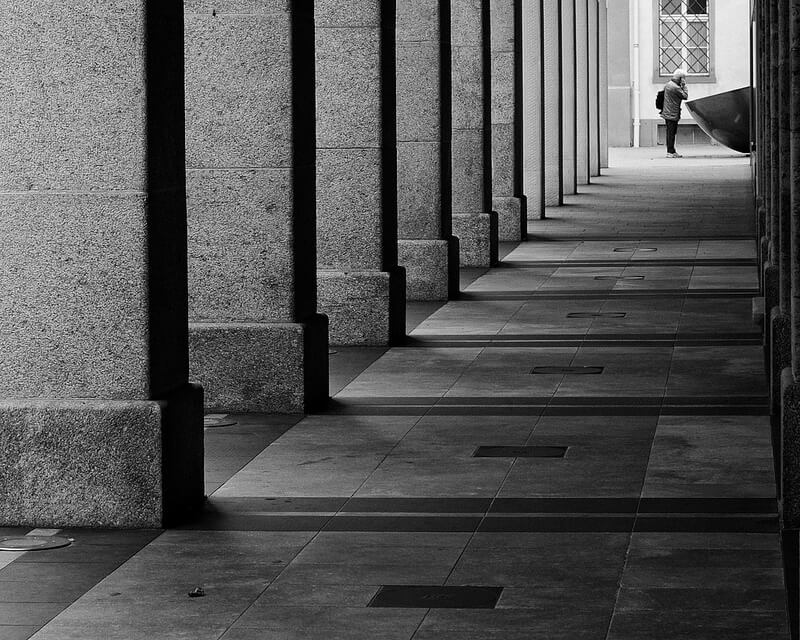
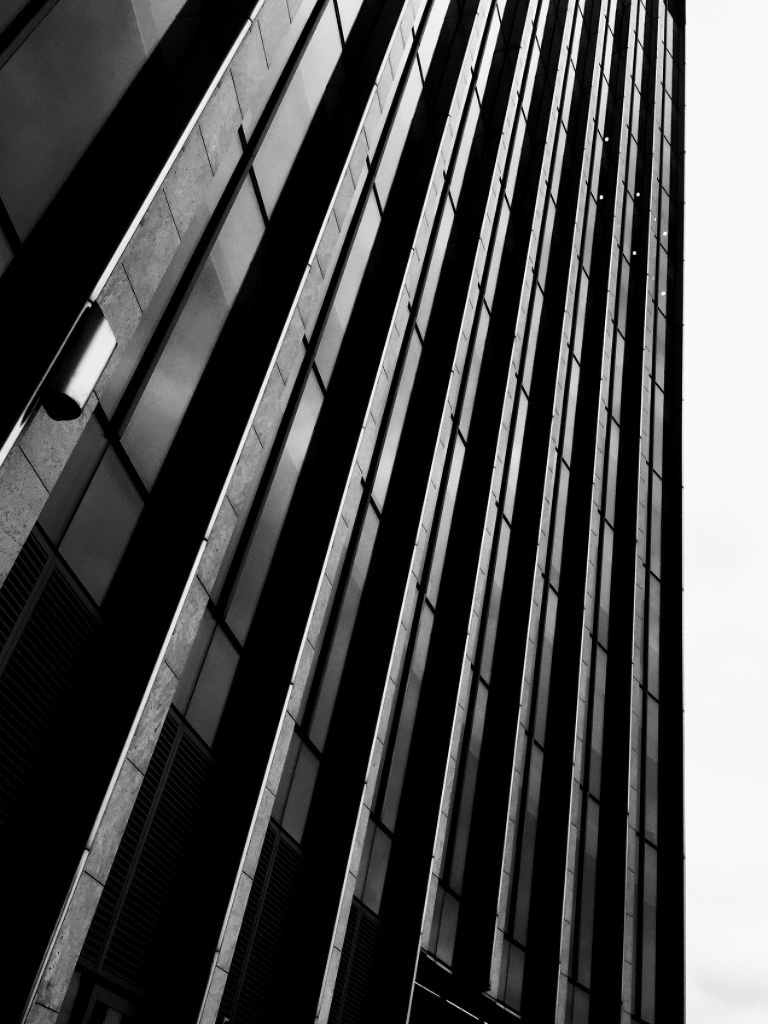
Shape
The Merriam-Webster definition of “line” comprises 15 parts, 46 sections, and 41 subsections. With all of that, the part that we, as photographic artists, are concerned about is this:
8: A straight or curved geometric element that is generated by a moving point and that has extension only along the path of the point
Shapes are 2-dimentional, some shapes intersect and overlap to create a new shapes. Shapes are often visually defined by the intersection or closing of lines. The area containing a shape is often referred to as positive space while the outside area is called negative space, the negative space also creates a shape of its own. Shapes can be geometric or organic such as birds or fluids.

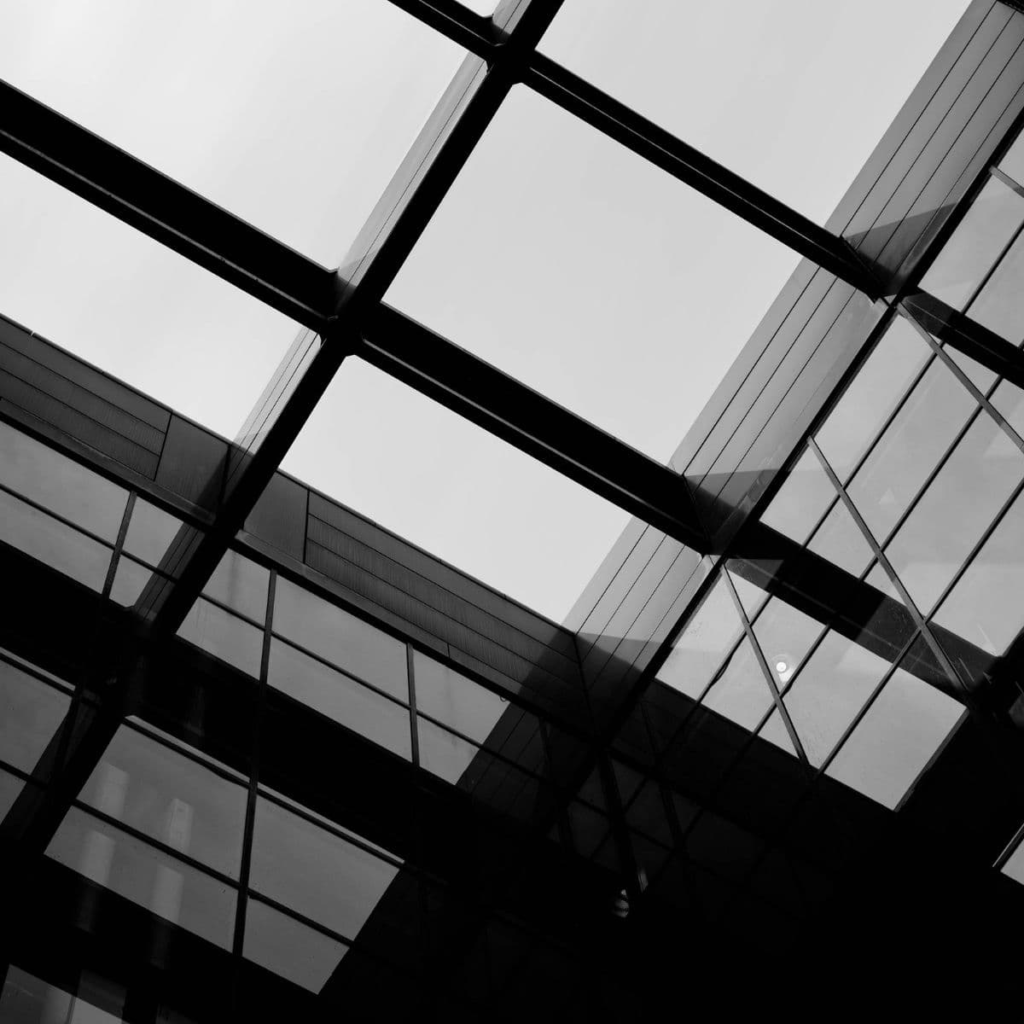
Form
The Merriam-Webster definition of “shape” that we are concerned with as photographic artists is:
1 a : the visible makeup characteristic of a particular item or kind of item
1 b (1) : spatial form or contour
1 b (2) : a standard or universally recognized spatial form
There are two types of forms, organic and geometric. In photographs the positive space is the forms and the negative space is what is left. Three dimensional forms are created into two dimensional forms in the photo, so to create the 3D effect we use shadows. Painters create 3D forms by shading, this reveals depth, highlights and mid-tones. The tonality changes and cast shadows of an object, create direction and intensity. The light relative to that object can change how we perceive the depth of the object in a photograph.


Texture
The Merriam-Webster definition of “form” comprises 12 parts, 27 sections, and 4 subsections. As photographic artists, the part we are concerned with is:
1 a: the shape and structure of something as distinguished from its material
Texture is similar to form, it creates variations of tones that are two dimensional. Smooth and ruff objects creates different types of hightlights, while smooth creates mirror image reflections, ruff objects creates more of an aggressive shadow with out the exact reflections. To be able to see texture, it depends on the subject, lighting, and forms of the image. Shadows is what emphasizes texture, making you able to see texture whether smooth or rough.
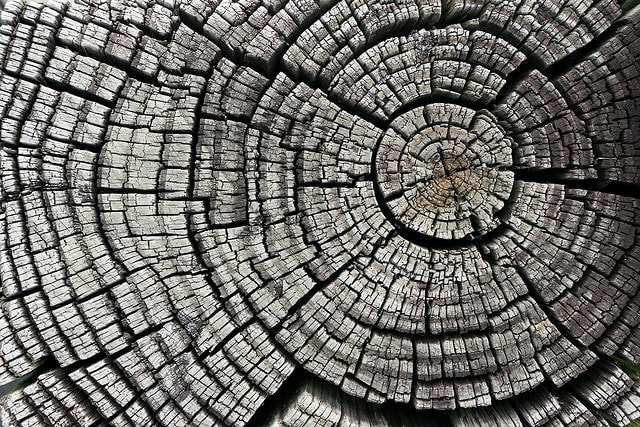
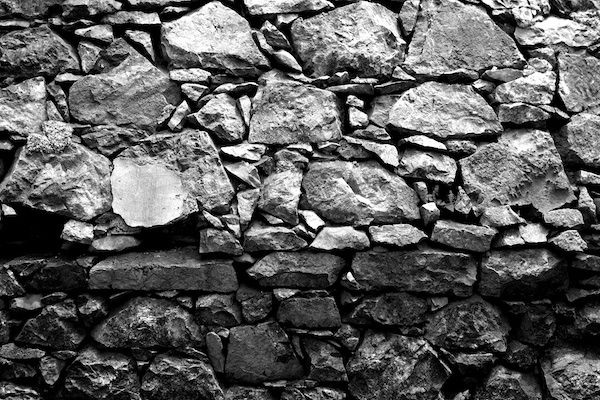
Colour
The Merriam-Webster definition of “color” that we, as photographic artists, are concerned with is:
1 a : a phenomenon of light (such as red, brown, pink, or grey) or visual perception that enables one to differentiate otherwise identical objects
b (1) : the aspect of the appearance of objects and light sources that may be described in terms of hue, lightness, and saturation for objects and hue, brightness, and saturation for light.
also : a specific combination of hue, saturation, and lightness or brightness
(2) : a colour other than and as contrasted with black, white, or grey
Different colours have different emotional responses for example red represents danger, blue represents calm. We can see different types of colours bold, bright colours, muted tones and harmonic colours. As you recognise the colours in the photograph you will be able to see the subject and it will show the mood of the photo.
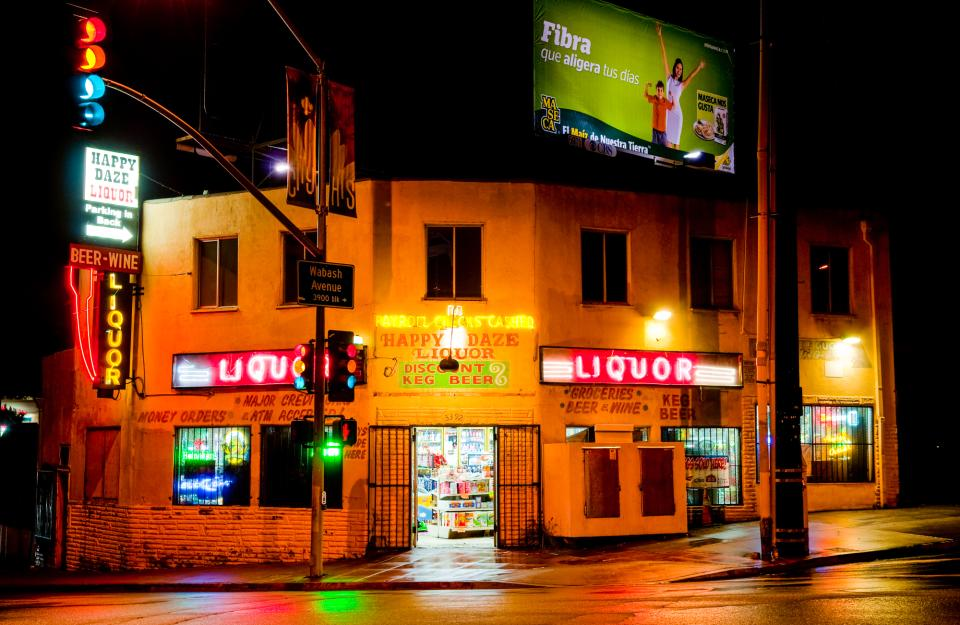
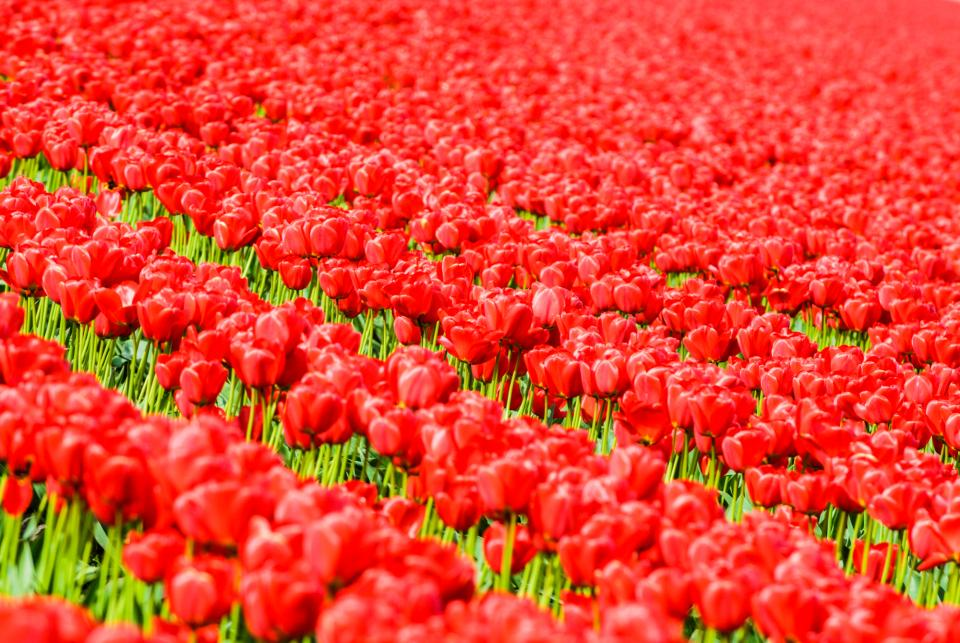
Size
The Merriam-Webster definition of “size” that we, as photographic artists, are concerned about is:
1 a : physical magnitude, extent, or bulk : relative or proportionate dimensions
Large, medium, and small are all types of size. The camera can make small sizes larger while making large sizes small. Size can create unique images, while the scale of the object in the photo sets the scene. If you want to emphasize the size of the object in the surroundings you get closer, this is where you change from a three dimensional scene to a two dimensional scene. Overlap also enhances the scene in three dimensions, while also showing the size.
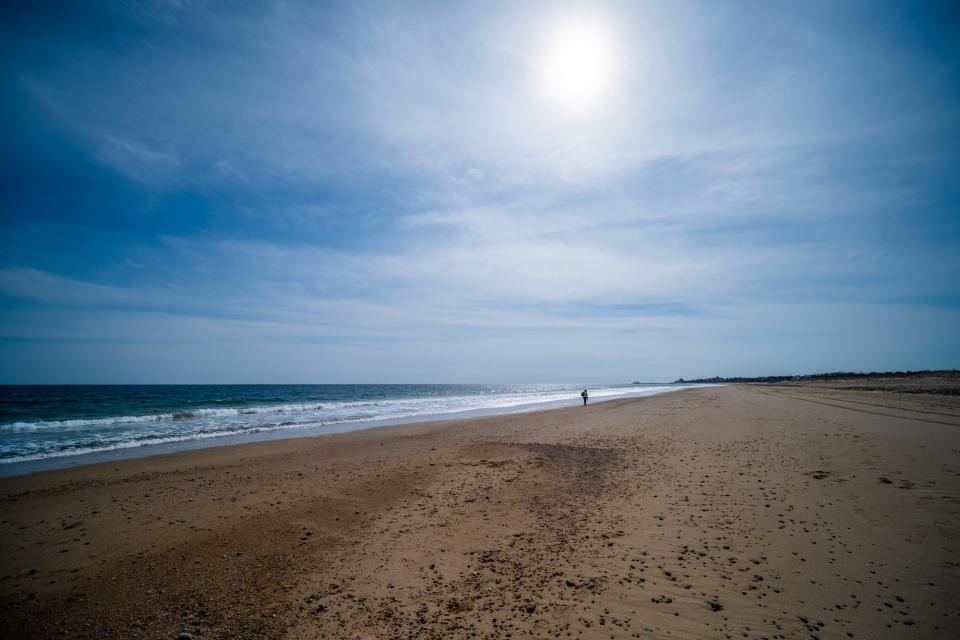
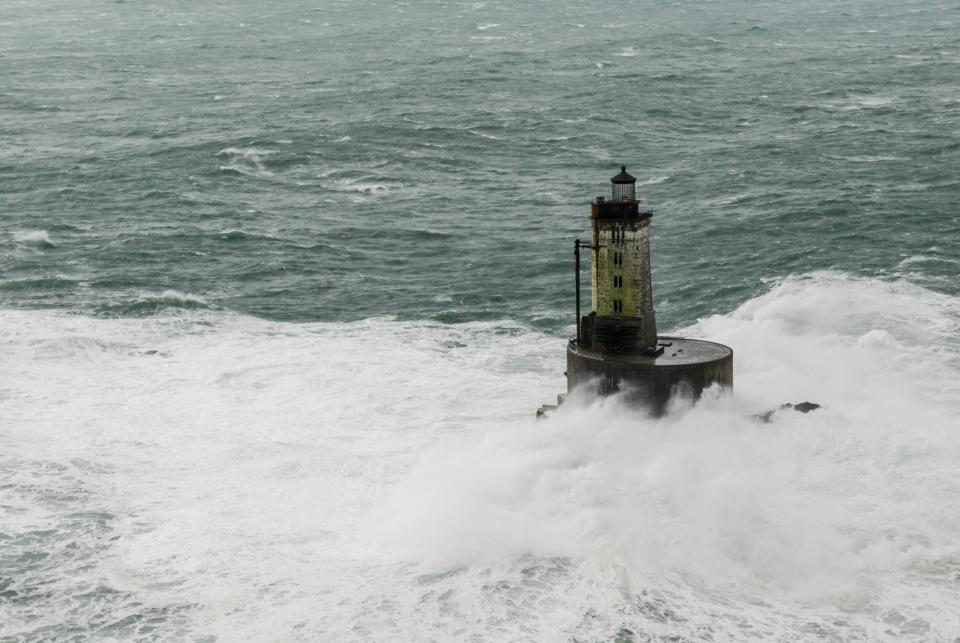
Depth
The Merriam-Webster definition of “depth” that we, as photographic artists, are concerned about is:
2 b: the direct linear measurement from front to back
Depth is shown in all photos, it depends on objects in the frame, and choice of composition. Most images have foreground, middle ground, and background. The more clearer the presentation is between them, the stronger the depth is shown. Also depth is created in photographs when the objects get further from the eye. Texture shows depth, it often smooths out as you get into the distance.

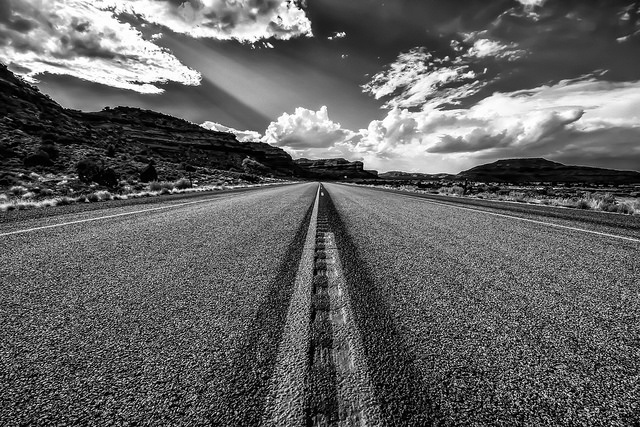

Anya, a good blog post that demonstrates your understanding of Formalism. To improve your blogpost and achieve more marks respond to each formal element with your own images and add to blog post for further analysis/ comparison.
Overall, you have have only posted one blog post and it is paramount that you are more productive. See Go4School tracking sheet for more details of individual work missing – you will receive and email tomorrow Monday 9 Oct